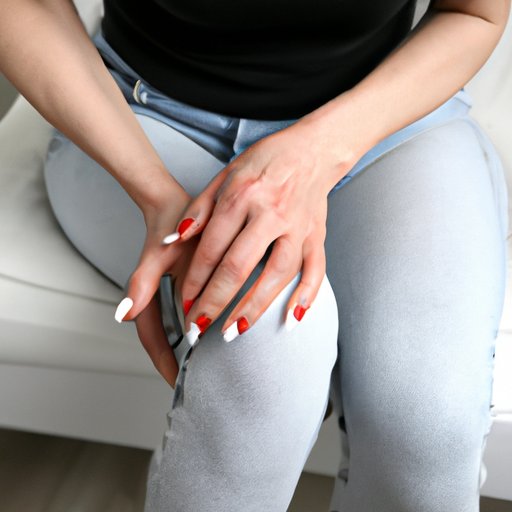
How to Get Rid of Jock Itch: Causes, Prevention, and Treatment
Jock itch is a common type of fungal skin infection that affects many men and women. It is caused by a type of fungus called tinea, which thrives in warm, moist environments. Symptoms of jock itch include itching, burning, and redness in the groin and thigh area. Fortunately, there are many ways to prevent and treat jock itch. In this article, we will cover the causes of jock itch, tips for prevention, and different treatment options.
What is Jock Itch and What Causes It?
Jock itch is a skin infection caused by a fungus. It appears as a red, itchy rash in the groin and thigh area. The warm, moist environment in this area is a perfect breeding ground for fungi like tinea. Moisture can accumulate from sweat, tight clothing, or hot and humid weather, which can intensify the itchiness and discomfort of jock itch.
Tips for Preventing Jock Itch
Preventive measures can go a long way in keeping jock itch at bay. One of the easiest ways to prevent it is to keep the area clean and dry. After showering or exercising, dry your groin and thighs with a clean towel. Wearing loose-fitting clothing and avoiding tight underwear or athletic supporters can also decrease your risk of developing jock itch. Sharing of towels or clothing should be avoided.
Over-the-Counter Antifungal Creams
Over-the-counter antifungal creams can effectively treat jock itch. These creams contain active ingredients, like clotrimazole or miconazole, that work by killing the fungus causing the infection. Apply the cream to the affected area once or twice a day for at least two weeks, even after the rash has cleared up. The length of treatment varies depending on the severity of the infection.
The effectiveness of the cream depends on selecting the right one. Creams with 1% clotrimazole or miconazole are usually recommended.
Home Remedies for Jock Itch
If you prefer a more natural approach to treating jock itch, several home remedies can also be effective. One of the most popular is tea tree oil, which has antifungal and anti-inflammatory properties. Apply a few drops of tea tree oil to a cotton ball and directly apply to the infected area twice a day for at least two weeks.
Baking soda is another remedy that can help soothe the itching associated with jock itch. Mix equal parts of baking soda and water to form a paste, apply the paste to the affected area once or twice a day, and let it dry. Rinse off the paste thoroughly after 10-15 minutes. This remedy can be used until symptoms ease.
Lifestyle Changes to Help Prevent Jock Itch
Changing certain aspects of your lifestyle can also help prevent jock itch. Try to limit your time in hot and humid environments and make sure to change out of sweaty clothing as soon as possible, especially after workouts. Wearing cotton and/or moisture-wicking clothing can also help limit sweat build-up.
How to Soothe Jock Itch Symptoms
While undergoing treatment, jock itch symptoms can also be alleviated by employing some simple techniques. Apply aloe vera gel to the affected area to soothe inflammation and itching. Calamine lotion can be used to help dry out the rash as well.
Conclusion
Jock itch is a common fungal skin condition that can be uncomfortable and embarrassing. Fortunately, it is typically straightforward to treat with antifungal creams or home remedies. However, considerable effort should be made to prevent future occurrences by maintaining dryness and practicing good hygiene. With these measures, itching and discomfort can be kept at bay. It is always best to seek professional help if your symptoms worsen or persist.




